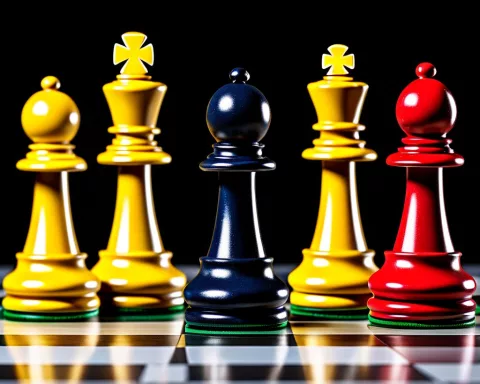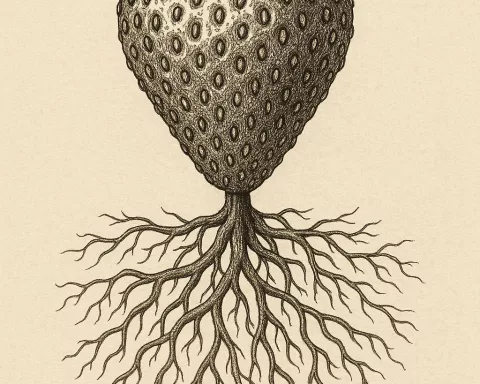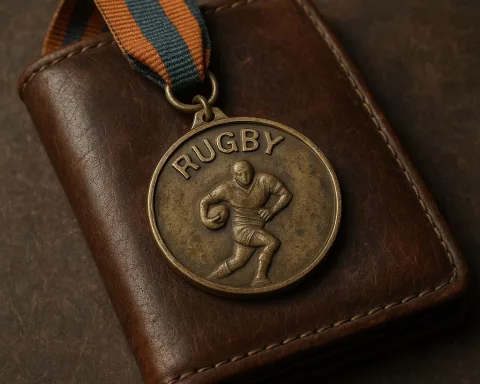South Africa’s national women’s football team, Banyana Banyana, recently made headlines for their stunning victory over financial hurdles and gender inequality. This article details their journey to the FIFA Women’s World Cup, their struggles, and their triumphs.
The Financial Windfall
Banyana Banyana faced unexpected financial challenges before their departure to the FIFA Women’s World Cup. However, after a week of negotiation, South African businessman Patrice Motsepe stepped in to provide significant funding. The team received an additional R230,000 each, adding to the R2 million from the National Lotteries Commission, which was already earmarked for the players. FIFA had allocated R560,000 for each player, providing the team with nearly one million rand each.
SAFA’s Response
However, South African Football Association (SAFA) President Danny Jordaan refused to acknowledge the gender pay gap issue and blamed the late initiation of contract negotiations for the team’s financial situation. This drew attention to SAFA’s financial management and priorities.
Gender Equality in Sports
Banyana Banyana’s experience highlights the issue of gender inequality in sports. Their journey to the Women’s World Cup serves as a reminder of the importance of addressing disparity within sporting organizations.
The Public’s Response
The public rallied behind Banyana Banyana in their pursuit of fairness, inspiring the team to overcome the monetary hurdles. The team’s story of resilience and determination in the face of adversity serves as an inspiration to many.
The Journey Continues
As Banyana Banyana prepares to represent South Africa in the FIFA Women’s World Cup, co-hosted by Australia and New Zealand in 2023, their journey serves as a testament to the power of unity and perseverance in overcoming obstacles, both on and off the pitch. Their experience may lead to broader changes within SAFA and a renewed commitment to gender equality in sports.












